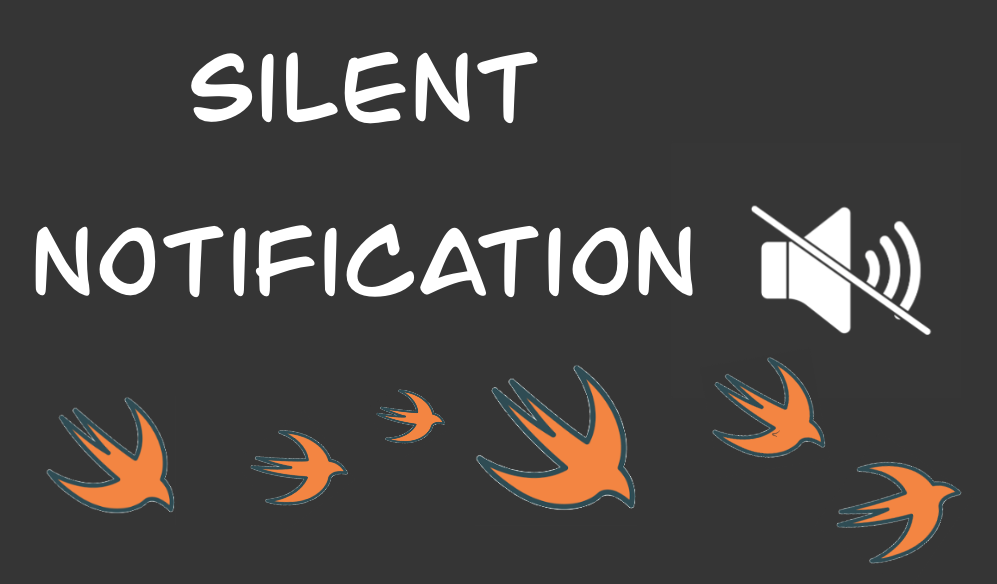Silent notification

In the ever-evolving world of mobile app development, keeping users engaged and informed is key. For iOS developers, background notifications are a powerful tool that enhances user experience without interrupting their current activities. But what exactly are background notifications, and how do they work? Let’s dive into the details.
What Are Background Notifications?
Background notifications, or silent notifications, are a type of notification in iOS that allows apps to wake up and perform tasks in the background without alerting the user with a visible notification. Unlike standard notifications that appear on the screen and require user interaction, background notifications are designed to silently update the app’s content or perform background operations.
These notifications are particularly useful for apps that need to keep data fresh or perform periodic tasks without bothering the user. For instance, a weather app can use background notifications to update weather information, or a news app can fetch the latest articles in the background.
How Do Background Notifications Work?
Background notifications rely on the Apple Push Notification Service (APNs), which is a service provided by Apple that delivers notifications to iOS devices. Here’s a simplified overview of how they work:
- App Registration: The app registers with APNs and receives a unique device token.
- Server Request: The app’s server sends a push notification request to APNs, specifying the device token and including the payload of the notification.
- Notification Delivery: APNs delivers the notification to the device. For background notifications, this payload includes the content-available key set to 1, indicating that the notification is intended to wake the app in the background.
- App Wake-Up: Upon receiving a background notification, iOS wakes up the app to handle the data or perform background tasks. This is done without displaying any visual alert to the user.
- Handling the Notification: The app’s code processes the notification in the background, updating content or performing necessary actions.
Key Considerations
- Efficiency and Limitations: Background notifications should be used efficiently to avoid unnecessary use of battery and network resources. iOS may limit the frequency and size of background notifications to preserve system performance and battery life.
- User Privacy and Permissions: Even though background notifications do not display alerts, they still require user permission to receive notifications. Ensure that your app clearly communicates why it needs this permission.
- Handling Background Tasks: When handling background notifications, it’s crucial to manage tasks efficiently. iOS provides specific APIs for background tasks to ensure that operations are completed in a timely manner.
- Testing and Debugging: Testing background notifications can be challenging. Use debugging tools and simulators to test different scenarios and ensure your app handles notifications as expected.
Practical Use Cases
- News Apps: Keep users updated with the latest headlines without prompting them with alerts.
- Social Media Apps: Update content feeds or notify the app about new messages or friend requests silently.
- Productivity Apps: Sync data or refresh content in the background to ensure users always have the latest information when they open the app.
Conclusion
Background notifications in iOS are a powerful feature that enhances the functionality and user experience of mobile apps. By allowing apps to perform tasks in the background without disrupting the user, they enable more seamless and efficient interactions. However, they should be used thoughtfully to balance performance, battery life, and user experience.
If you’re developing an iOS app, consider integrating background notifications to provide a more dynamic and responsive experience. With the right implementation, you can keep your app’s content fresh and your users engaged, all while maintaining a smooth and uninterrupted user experience.